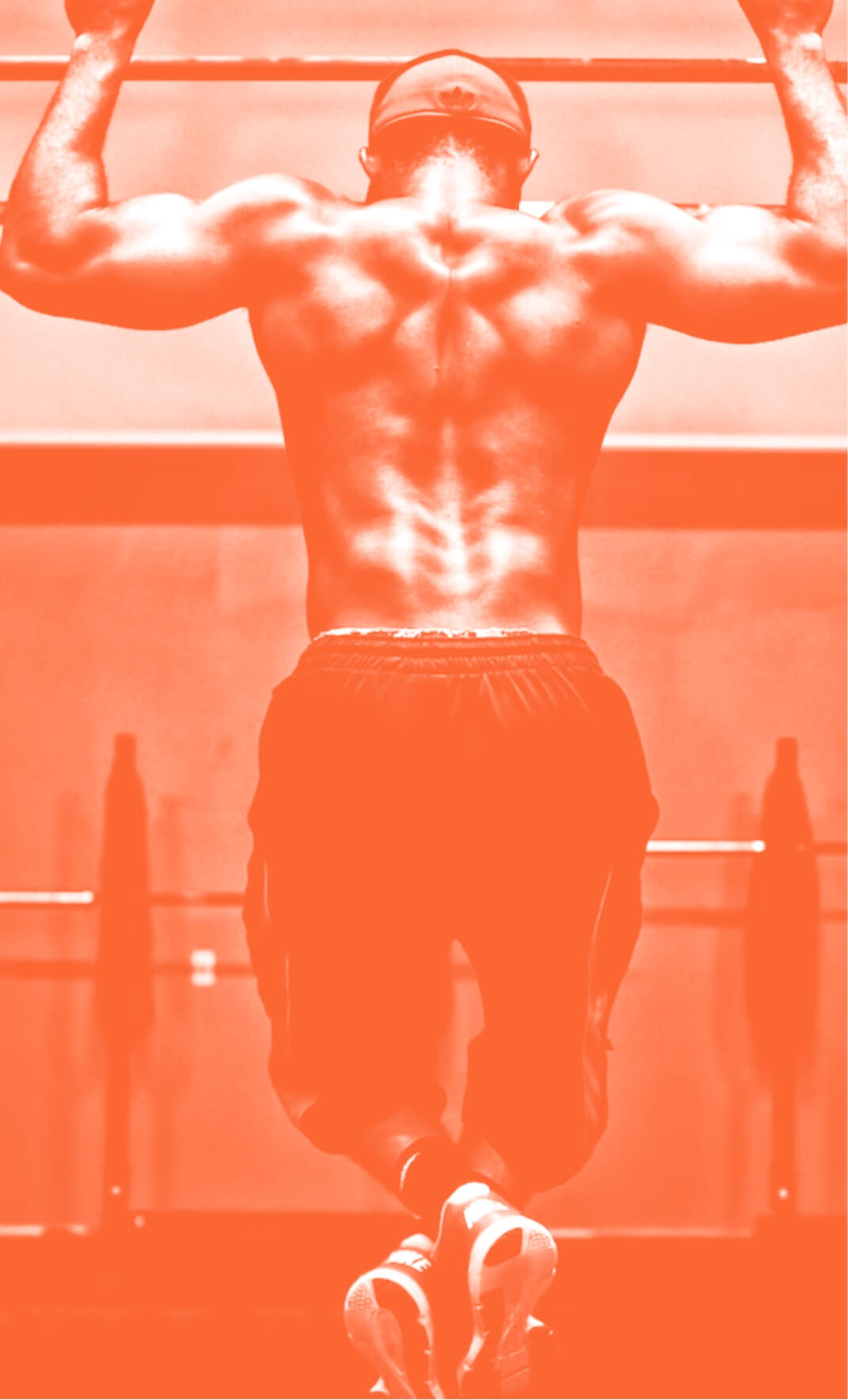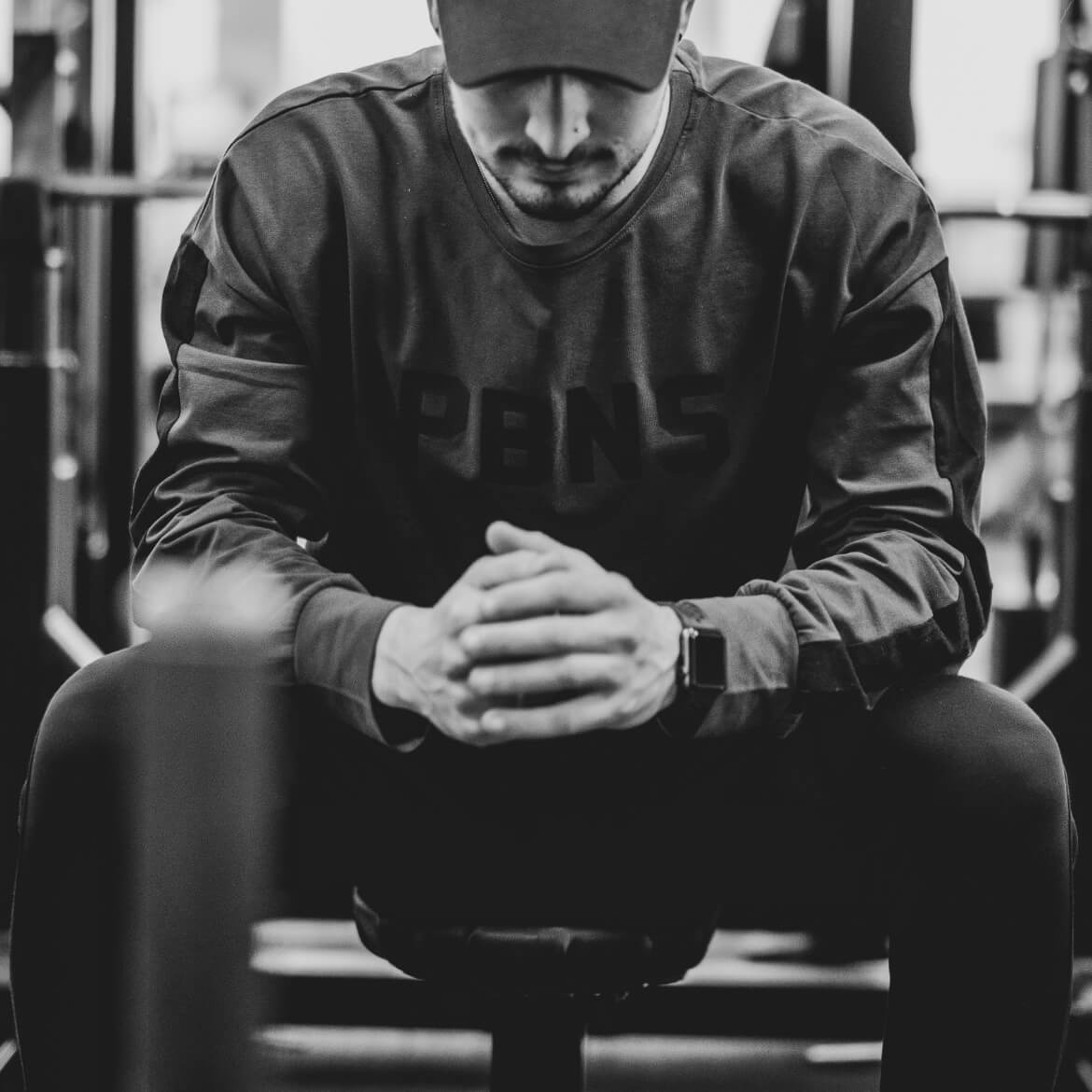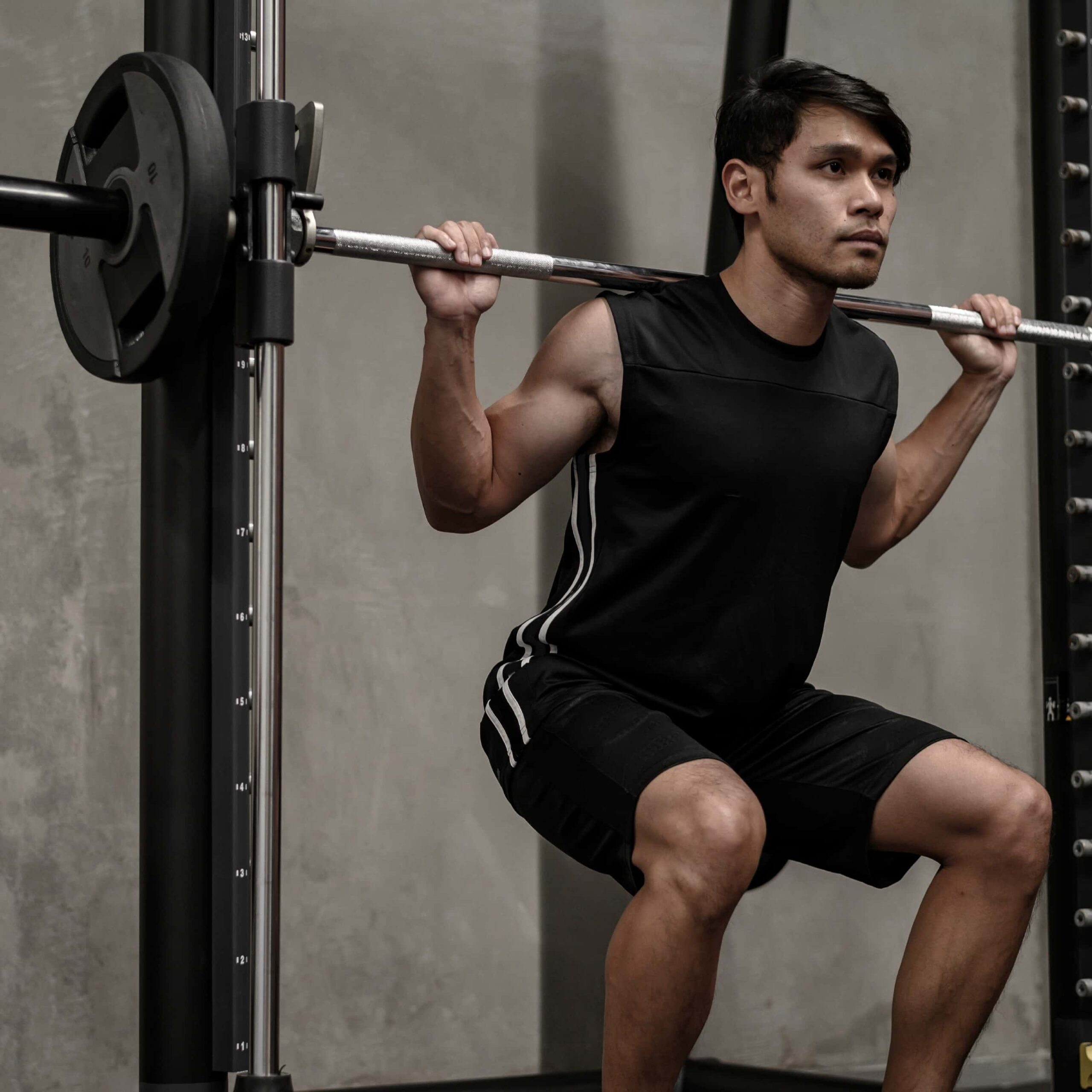Guide to Buying: Multi Gym Edition
28th Nov 18
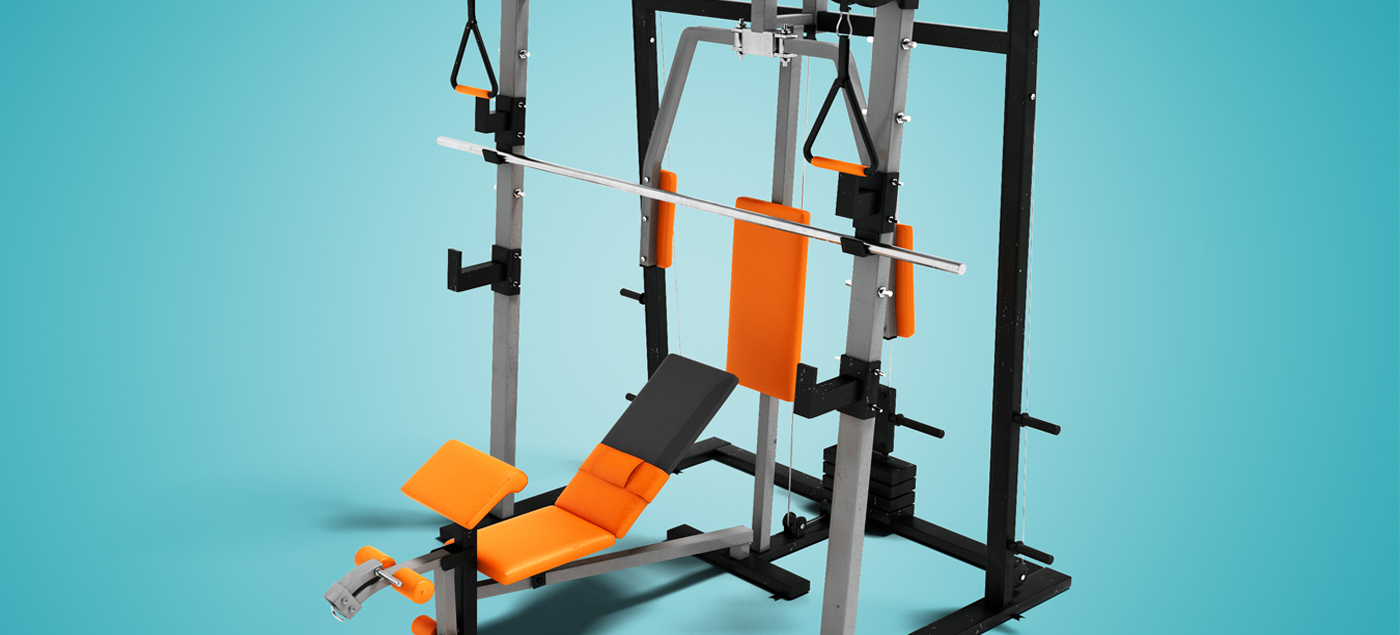
A multi gym in your home is a wonderful idea: it’s convenient, safe and simple to get the hang of. If you don’t have time to make it to the gym, or you make it there and scratch your head at all the bizarre contraptions, then go for a sauna instead; you might feel more comfortable working out at home. That’s where this multi gym guide comes in.
Your workouts can equal, if not surpass, commercial gym workouts as you train without onlookers and feel comfortable pushing yourself. Multi gyms can be used purely for toning or for building muscle and developing strength. The staggering diversity caters for everyone’s goals. It’s also the reason for this guide.
It’s easy to find yourself overwhelmed, but don’t fear! We’re on a mission to impart our knowledge to help clearly narrow your options and make an educated, confident decision based on your goals.
Want to move fast? Jump to the right section below.
Multi Gym Types
A must-have in a multi gym guide is a walkthrough on the types of multi gyms there are. Each model varies in small ways. It’s rare that you see two multi gyms that are the same. They do, however, follow similar conventions depending on where you are in your training and what your goals are.
Beginner

This is where multi gyms come into their own. They’re ideal for beginners as they safely guide your movements. For an entry-level model, you should expect a modest weight stack. A minimum 50kg stack is recommended for space to progress.
To exercise all your muscles, beginners’ gyms come with a lat pulldown (high pulley), chest press, leg curl and a low pulley system. A couple of gym attachments to swap between are quite standard too. This gives any beginner a great foundation to tone and develop some lean muscle.
What are they good for?
- Safely training your muscles in a controlled way;
- Toning and starting to build lean muscle;
- Providing a great variety of basic exercises through every major muscle;
- Having a compact surface area;
- Regular use 3-4 times per week.
What aren’t they designed for?
- Developing serious muscle mass;
- Intense, heavy use 5 times per week and more;
- Complex more advanced exercises;
- Providing numerous exercises per muscle;
- Using cast iron weight stacks.
Budget: £200 – £400
Intermediate

If you think you need a weight stack with a turbocharge, and a few more exercises to spice up your training, then you’ll fit perfectly here. Intermediate multi gyms follow most of the characteristics that starter models do. A larger weight stack (from 65kg up) is the key differentiator.
A weight shroud is now standard; it conceals the stack, improving the aesthetics. It’s also better for safety, especially if you have little tykes that could trap fingers. You should expect some more distinctive exercises that starter gyms don’t offer, with options like an adjustable chest press, arm curl pad and more gym attachments that boost your variety of training options.
What are they good for?
- Larger weight stacks for toning, building muscle and developing strength;
- Greater range of exercise options;
- Safe around children with a protective weight shroud;
- Regular use 4-5 times per week;
- Seat adjustability to align your body better;
- Often a vinyl or cast-iron weight stack;
- Still quite compact in size.
What aren’t they designed for?
- For heavy use bodybuilding;
- Providing additional exercise stations like a leg press or shoulder press.
Budget: £400 – £800
Advanced

Fill your boots with tons of exercises and whopping weight stacks. Advanced gyms aren’t only for the advanced. They can feature added workout stations like a leg or shoulder press that you may find beneficial. They also have advanced biomechanics. This simply means the multi gyms have been designed to follow a path that feels more natural and is healthier for your body.
Advanced multi gyms are smooth operators. Unlike beginner models, improvements in the cables and pulley systems on these models give them a silky-smooth motion. Weight stacks range from 80kg – 100kg. This should keep 90% of weight lifters out of mischief, and if this still isn’t enough, then a multi gym isn’t going to cut it.
What are they good for?
- Huge weight stacks cater for everyone, for toning, strength and heavy bodybuilding;
- Intense 6–7 days per week training;
- Providing multiple exercises for each muscle group;
- Great seat adjustability from smaller to taller users;
- Can train more than one person at a time;
- Mainly cast-iron weight stacks;
- Feeling super smooth;
- A natural feel to their motion;
- Safe around children with a protective weight shroud.
What aren’t they designed for?
- Competition bodybuilding that requires more than 100kg;
- Although compact, they’re generally quite large and high.
Budget: £800 upwards
What To Look For
Size
First things first, let’s make sure your gym fits. They’re renowned for their safety, but they won’t be winning any awards for compactness. For most, height is the key factor; multi gyms average at least 2 metres in general. One saving grace is the highest point is normally a small surface area, and the frame slopes down beyond this, so you only need a tiny area to accommodate the highest point.
The last thing we want is for you to get super excited, receive your awesome new gym, start assembling it for the first 30 minutes – then realise you’ll have to put a hole in your ceiling to make it fit. That’s a sure-fire way to kill any motivation to get training.
Weight Stack & Resistance
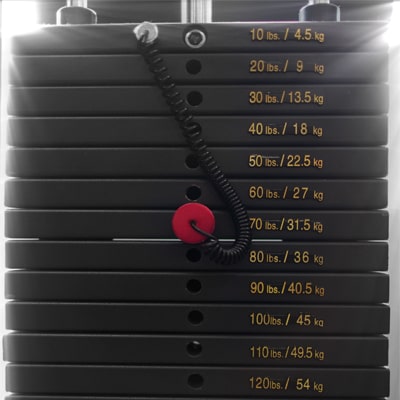
How heavy the weight stack you choose totally comes down to your personal goals. Whether you’re toning, starting at a young age, or trying to improve general health, then a 50kg stack is going to cover everything you need. However, if your goal is more along the lines of becoming freakishly strong (like Hulk) or building enough muscle to rival Schwarzenegger, it’s going to require 60kg onwards, dependent on your stature. Alternatively, there are also multi gyms that now come without a weight stack, and use your own body weight to provide the resistance which a weight stack would provide.
In your search for the perfect multi gym, you may see something like ‘60kg stack with 100kg resistance’ and wonder what this means. Because multi gyms function through pulleys and cables, they generate friction. Depending on the quality, some generate more resistance than others. The resistance is a ‘feels like’ indicator. For example, you could be using 20kg, and in reality, it feels like 30kg due to resistance.
Weight stacks can also come as vinyl casing filled with concrete, cast iron or occasionally steel. This is a personal flavour choice because, in reality, they all get the job done.
Exercise Capabilities
You’re buying a multi gym because there are certain exercises you want to perform to achieve your goals. Not all are created equal, so not all may feature the exercises you want. Pay close attention to the stations, and if you’re unsure of what each one means, it’s always worth messaging or calling to make sure the model can exercise all the muscles you want and how you want.
Cables & Pulleys
It’s awful trying to get a great workout with a juddering, unsmooth gym. Cables and pulleys make or break a multi gyms feel, but it’s understandably hard to identify the quality. You should look for pulleys with sealed bearings and tensile strength aircraft cables. This may seem technical, but it will ensure you’re investing in a reliable machine for years.
User Weight Capacity
How can you possibly grasp an idea of how robust your new gym is going to be? The load capacity can be a great measurement. It’s as crucial as the dimensions, and it can really tell you how well it has been tested and if it is suitable for you.
The dual benefit is that the user capacity advises the general build quality. If it’s been tested to hold at least 21 stone (133kg), you can expect a solid, robust multi gym to arrive at your doorstep.
Adjustability
A fixed seat pad can be a real pain. If you’re not aligned correctly with your multi gym, you can be exercising muscles you don’t want to, and it can also feel uncomfortable to use. Multi gyms aren’t really one size fits all, so an adjustable seat can go a long way. Some even have adjustable backrests to really streamline your body position.
Assembly

The dreaded task! The hurdle that dissuades many from venturing into the home gym arena. When it comes to it, gyms can be straightforward to assemble, albeit time-consuming. So long as the manual has clear illustrations that reflect numbered parts in a sensible manner, you can work through the assembly in bite-size bearable chunks.
Top tip! Get your eyes on the manual pre-purchase. You can also request the company to send you the manual if it’s not visible online to get a feel for how clear the instructions are.
Installation services are normally available, but they can be a very costly affair. Another option is to recruit a local handyperson and charge out the labour to build in no time, easy peasy.
Exercise Chart
An exercise chart is a must if you’re beginning your fitness journey. It’s great to have a quick visual reference to double-check you’re doing things right from the start. It can be baffling to remember what exercise targets which muscles initially, so an exercise chart is a handy way to reinforce you’re hitting the right areas and performing the movements correctly.
Many brands provide a chart as standard, even if it’s not mentioned in the description. It’s worth double-checking if it’s not advertised.
Gym Attachments
All respectable multi gyms have a couple of attachments thrown into the mix. Always check to see what’s included, as they’re a terrific way to add some extra exercise options for little cost. The upper and lower cable stations on all gyms can take any of these universal attachments. It’s worth investing in a few more for the sake of exercise variety.
Top tip! A tricep rope is a handy, versatile addition to use with any gym.
Upholstery
Probably not the first topic that springs to mind, but worthy of consideration before you commit. The feel of trying to get a great workout in whilst your bum or back burns from plywood under the thin padding isn’t ideal. Thick upholstery is quite a deal-breaker, but if it’s at least 2 inches deep, you’ll have no issues with comfort.
Weight Shroud
Generally featured on more expensive models, shrouds conceal the weight stack with a slot to change the weight positioned at the front or rear. A shroud is both aesthetically better and safer. If you have little ones running riot around your training area, it’s an extra safety feature to prevent tiny fingers from trapping anywhere. Some also now have locks for the weight stack, so it can’t be used unsupervised, either.
Warranty
Your new multi gym is going to be used weekly to keep your body in great shape (we hope)! As with all things susceptible to regular wear and tear, parts will deteriorate over time.
The most common areas prone to replacing are the cables and pulleys. It’s important to have a good warranty in place to get these swapped out quickly when they wear down. This won’t be for a couple of years if the cables and pulleys are robustly designed, though.
Gym Floor Matting
A small, worthwhile investment. Floor matting will prevent damage to your floor or indentations in your carpet. If the gym is upstairs, it also helps to distribute the weight load evenly. Six interlocking pieces of floor matting will cover 90% of models out there unless it’s a real beast!
Hopefully, this multi gym guide has empowered you to go explore and drill down exactly what multi gym is best for you, will grow with you and will get the results you want, providing years of amazing workouts.

Before beginning any exercise or nutrition program, consult your physician, doctor or other professional. This is especially important for individuals over the age of 35 or persons with pre-existing health problems. Exercise.co.uk assumes no responsibility for personal injury or property damage sustained using our advice.
If you experience dizziness, nausea, chest pain, or any other abnormal symptoms, stop the workout at once and consult a physician or doctor immediately.

